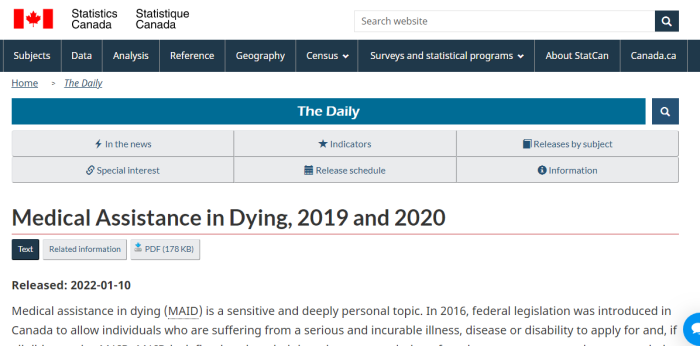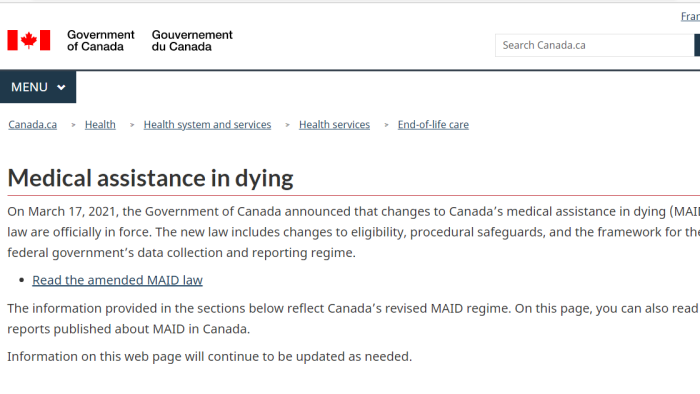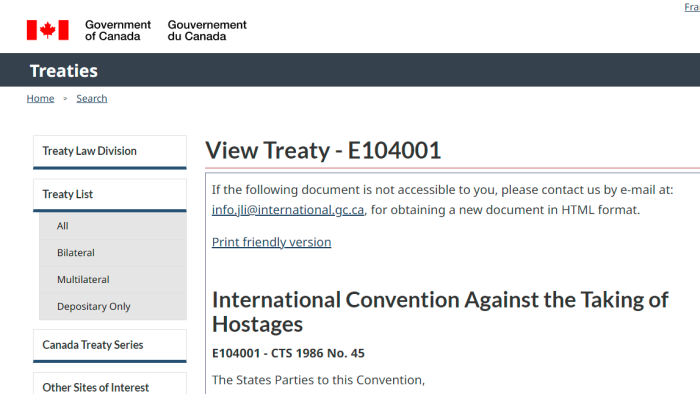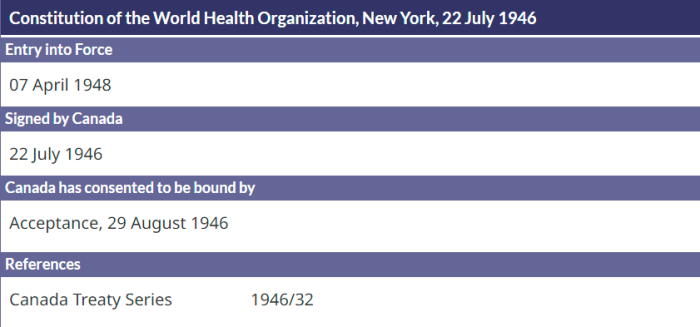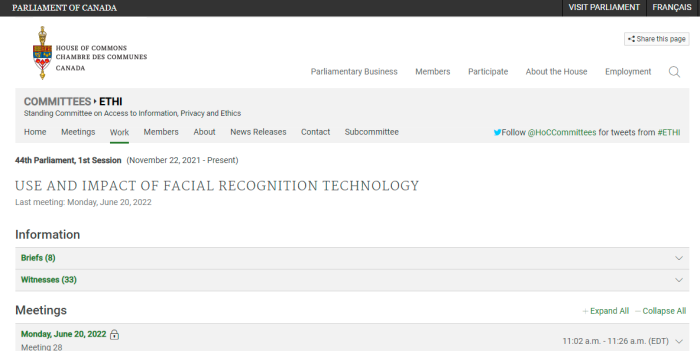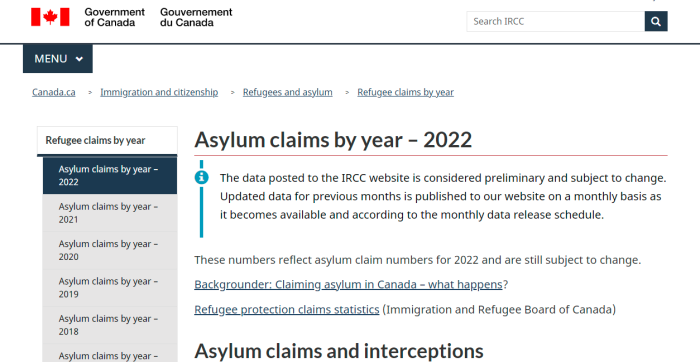
Things are picking up again, particularly in Quebec. The data for the second quarter of 2022 (April – June) shows that another 9,384 people illegally entered Canada, and that’s just what’s on the books. It should surprise no one that Roxham Road remains the most popular point of entry.
To make it clear, these are just the number of interceptions that happened BETWEEN official border ports. It says nothing of the system itself being otherwise gamed.
| YEAR: 2022 | |||||
|---|---|---|---|---|---|
| MONTH | QUEBEC | MANITOBA | B.C. | OTHERS | TOTAL |
| January | 2,367 | 0 | 16 | 0 | 2,383 |
| February | 2,154 | 1 | 9 | 0 | 2,164 |
| March | 2,492 | 2 | 8 | 0 | 2,502 |
| April | 2,791 | 3 | 8 | 3 | 2,805 |
| May | 3,449 | 3 | 40 | 1 | 3,493 |
| June | 3,066 | 3 | 14 | 3 | 3,086 |
| TOTALS | 16,319 | 12 | 95 | 7 | 16,433 |
It appears that illegals coming into Canada is back in full swing, not that it ever stopped. Over 7,000 people were intercepted by the RCMP in the first 3 months of 2022. Another 9,400 came in the next 3 months. Of course, this is just what’s on the books, and just what’s publicly available.
The police didn’t seem to have any issues with shutting down businesses, stopping peaceful protests, enforcing mask orders, and the like. However, maintaining borders is something they lack the willpower to do. But they do make good bellhops.
Of course, this problem has been going on for a very long time. Here are some earlier years, to show the trends. There was a significant drop (although not a complete stop) during this “pandemic” psy-op. Makes sense, as flaunting the open borders would have been too obvious.
Let’s not pretend that this is an unsolvable problem. Governments could put a stop to mass illegal entries very quickly, if that was their goal. But they don’t, regardless of what party is in power.
| PROVINCE/TERRITORY | 2011 | 2012 | 2013 | 2014 | 2015 | 2016 |
|---|---|---|---|---|---|---|
| Newfoundland | 0 | 0 | 0 | 0 | 0 | 0 |
| Prince Edward Island | 0 | 0 | 0 | 0 | 0 | 0 |
| Nova Scotia | 0 | 0 | 0 | 0 | 0 | 0 |
| New Brunswick | 10 | 5 | 5 | ? | ? | 25 |
| Quebec | 1,335 | 1,295 | 785 | 875 | 1,035 | 2,595 |
| Ontario | 2,660 | 2,340 | 1,995 | 2,630 | 2,790 | 3,7935 |
| Manitoba | 20 | 15 | 25 | 10 | 225 | 505 |
| Saskatchewan | ? | ? | ? | ? | ? | 30 |
| Alberta | 35 | 40 | 35 | 65 | 70 | 120 |
| British Columbia | 125 | 85 | 110 | 130 | 170 | 220 |
| Yukon | 0 | 0 | 0 | 0 | 0 | 5 |
| Northwest Territories | 0 | 0 | 0 | 0 | 0 | 0 |
| Nunavut | 0 | 0 | 0 | 0 | 0 | 0 |
| TOTALS | 4,185 | 3,770 | 2,955 | 3,715 | 4,290 | 7,365 |
Illegals were still coming into Canada via land border crossings during the Harper years. However, it’s only considered an issue when liberals is in power. A cynic may wonder if this is done in order to help perpetuate the myth that conservatives take this seriously.
| YEAR: 2017 | |||||
|---|---|---|---|---|---|
| MONTH | QUEBEC | MANITOBA | B.C. | OTHERS | TOTAL |
| January | 245 | 19 | 46 | 5 | 315 |
| February | 452 | 142 | 84 | 0 | 678 |
| March | 654 | 170 | 71 | 2 | 897 |
| April | 672 | 146 | 32 | 9 | 859 |
| May | 576 | 106 | 60 | 0 | 742 |
| June | 781 | 63 | 39 | 1 | 884 |
| July | 2,996 | 87 | 51 | 0 | 3,314 |
| August | 5,530 | 80 | 102 | 0 | 5,712 |
| September | 1,720 | 78 | 79 | 4 | 1,881 |
| October | 1,755 | 67 | 68 | 8 | 1,890 |
| November | 1,539 | 38 | 46 | 0 | 1,623 |
| December | 1,916 | 22 | 40 | 0 | 1,978 |
| TOTAL | 18,836 | 1,018 | 718 | 22 | 20,593 |
| YEAR: 2018 | |||||
|---|---|---|---|---|---|
| MONTH | QUEBEC | MANITOBA | B.C. | OTHERS | TOTAL |
| January | 1,458 | 18 | 41 | 0 | 1,517 |
| February | 1,486 | 31 | 48 | 0 | 1,565 |
| March | 1,884 | 53 | 33 | 0 | 1,970 |
| April | 2,479 | 50 | 31 | 0 | 2,560 |
| May | 1,775 | 36 | 53 | 0 | 1,869 |
| June | 1,179 | 31 | 53 | 0 | 1,263 |
| July | 1,552 | 51 | 31 | 0 | 1,634 |
| August | 1,666 | 39 | 39 | 3 | 1,747 |
| September | 1,485 | 44 | 68 | 4 | 1,601 |
| October | 1,334 | 23 | 37 | 0 | 1,394 |
| November | 978 | 23 | 18 | 0 | 1,019 |
| December | 1,242 | 11 | 27 | 0 | 1,280 |
| TOTAL | 18,518 | 410 | 479 | 7 | 19,419 |
| YEAR: 2019 | |||||
|---|---|---|---|---|---|
| MONTH | QUEBEC | MANITOBA | B.C. | OTHERS | TOTAL |
| January | 871 | 1 | 16 | 1 | 888 |
| February | 800 | 1 | 6 | 2 | 808 |
| March | 967 | 13 | 22 | 0 | 1,002 |
| April | 1,206 | 15 | 25 | 0 | 1,246 |
| May | 1,149 | 27 | 20 | 0 | 1,196 |
| June | 1,536 | 26 | 5 | 0 | 1,567 |
| July | 1,835 | 23 | 15 | 1 | 1,874 |
| August | 1,712 | 26 | 22 | 2 | 1,762 |
| September | 1,706 | 19 | 17 | 0 | 1,737 |
| October | 1,595 | 18 | 8 | 1 | 1,622 |
| November | 1,118 | 9 | 21 | 0 | 1,148 |
| December | 1,646 | 2 | 5 | 2 | 1,653 |
| TOTAL | 16,136 | 180 | 182 | 9 | 16,503 |
| YEAR: 2020 | |||||
|---|---|---|---|---|---|
| MONTH | QUEBEC | MANITOBA | B.C. | OTHERS | TOTAL |
| January | 1,086 | 7 | 7 | 0 | 1,100 |
| February | 976 | 2 | 2 | 0 | 980 |
| March | 930 | 7 | 18 | 0 | 955 |
| April | 1 | 0 | 5 | 0 | 6 |
| May | 17 | 0 | 4 | 0 | 21 |
| June | 28 | 1 | 3 | 1 | 33 |
| July | 29 | 2 | 17 | 0 | 48 |
| August | 15 | 3 | 0 | 0 | 18 |
| September | 30 | 4 | 7 | 0 | 41 |
| October | 27 | 0 | 4 | 0 | 31 |
| November | 24 | 0 | 8 | 0 | 32 |
| December | 26 | 2 | 8 | 0 | 36 |
| TOTAL | 3,189 | 28 | 84 | 1 | 3,302 |
| YEAR: 2021 | |||||
|---|---|---|---|---|---|
| MONTH | QUEBEC | MANITOBA | B.C. | OTHERS | TOTAL |
| January | 28 | 1 | 10 | 0 | 39 |
| February | 39 | 0 | 1 | 0 | 40 |
| March | 29 | 5 | 2 | 0 | 36 |
| April | 29 | 2 | 2 | 0 | 33 |
| May | 12 | 3 | 13 | 0 | 28 |
| June | 11 | 0 | 6 | 0 | 17 |
| July | 28 | 5 | 6 | 0 | 39 |
| August | 63 | 2 | 11 | 0 | 76 |
| September | 150 | 0 | 19 | 0 | 169 |
| October | 96 | 0 | 17 | 0 | 113 |
| November | 832 | 1 | 12 | 0 | 845 |
| December | 2,778 | 0 | 33 | 0 | 2,811 |
| TOTAL | 4,095 | 19 | 132 | 0 | 4,246 |
There are of course some other points to bring up to give additional context to the subject of illegal border crossings. These are some recent ones.

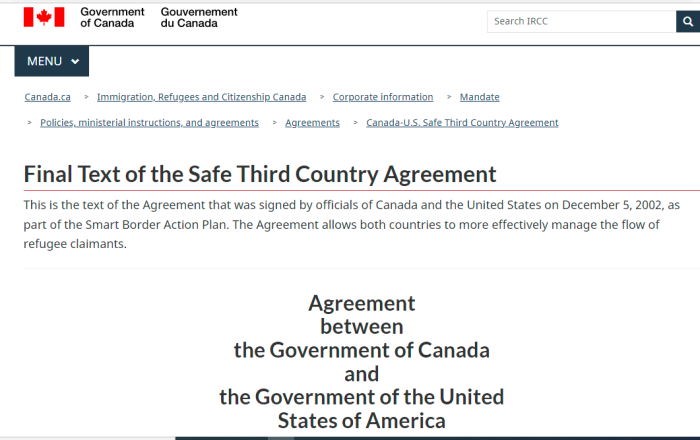
Something not really reported on in 2019 was the fact that the Canadian Government scrapped the DCO, or Designated Country of Origin policy. This stopped people from 42 countries (mainly in Europe) from being able to abuse the refugee system with bogus claims.
The Parties agree to review this Agreement and its implementation. The first review shall take place not later than 12 months from the date of entry into force and shall be jointly conducted by representatives of each Party. The Parties shall invite the UNHCR to participate in this review. The Parties shall cooperate with UNHCR in the monitoring of this Agreement and seek input from non-governmental organizations.
As for the Safe 3rd Country Agreement, people are still allowed to enter, and it’s still being gamed by human smugglers and traffickers. Few people know this, but the Treaty is actually a 3-way arrangement with the UNHCR acting as a sort of facilitator.
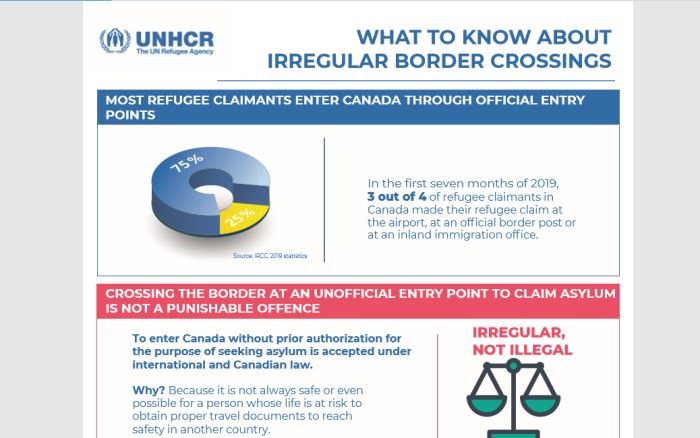
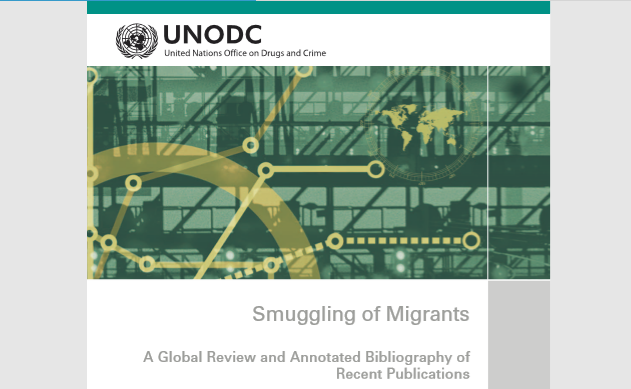
Not only is the United Nations a party to U.S/Canada border security, but the organization distributes information packages on how to circumvent the Safe Third Country Agreement. While claiming to care about the integrity of countries, they publish materials to do exactly the opposite.
And no, this isn’t just well meaning naivety. The U.N. has extensively studied the connection between lack of border enforcement, and the facilitation of human smuggling and trafficking. It isn’t a surprise that open borders lead to increases in illegal crossings. They know exactly what’s going on.
If that doesn’t make your blood boil, what will?
In all fairness, the issue of illegal crossings into Canada isn’t nearly as bad as the United States. Still, it’s an issue that does need to be reported on. The Q3 statistics will presumably be released in October or November of this year.
(1) https://www.cbc.ca/news/canada/montreal/roxham-road-reopen-1.6257868
(2) https://www.canada.ca/en/immigration-refugees-citizenship/services/refugees/asylum-claims/processed-claims.html
(3) https://www.canada.ca/en/immigration-refugees-citizenship/services/refugees/asylum-claims/asylum-claims-2017.html
(4) https://www.canada.ca/en/immigration-refugees-citizenship/services/refugees/asylum-claims/asylum-claims-2018.html
(5) https://www.canada.ca/en/immigration-refugees-citizenship/services/refugees/asylum-claims/asylum-claims-2019.html
(6) https://www.canada.ca/en/immigration-refugees-citizenship/services/refugees/asylum-claims/asylum-claims-2020.html
(7) https://www.canada.ca/en/immigration-refugees-citizenship/services/refugees/asylum-claims/asylum-claims-2021.html
(8) https://www.canada.ca/en/immigration-refugees-citizenship/services/refugees/asylum-claims/asylum-claims-2022.html
(9) https://www.canada.ca/en/immigration-refugees-citizenship/news/2019/05/canada-ends-the-designated-country-of-origin-practice.html
(10) https://www.canada.ca/en/immigration-refugees-citizenship/corporate/mandate/policies-operational-instructions-agreements/agreements/safe-third-country-agreement/final-text.html
(11) https://canucklaw.ca/tsce-10c-bit-of-history-doug-rob-ford-voted-in-2013-for-sanctuary-toronto-amnesty-for-illegals/

